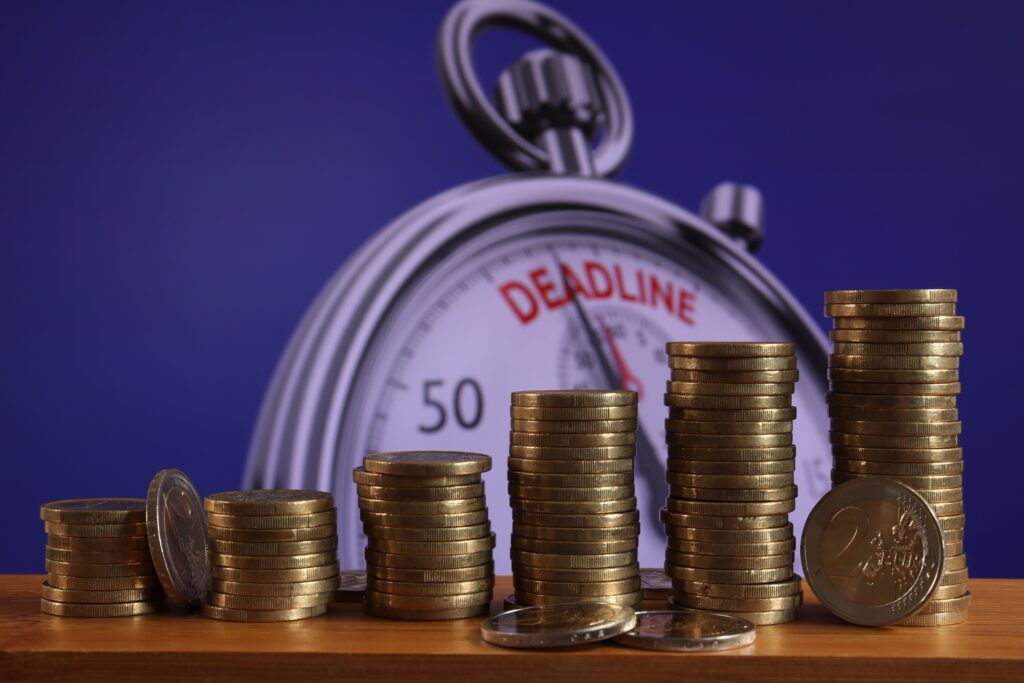Debt is more than just a financial burden—it’s an emotional one, too. The constant stress of juggling payments, avoiding collection calls, and managing rising interest rates can feel overwhelming. But no matter how deep you’re in, there’s hope. Whether it’s credit cards, student loans, medical bills, or personal loans, getting rid of debt is possible with the right strategy and determination.
In this guide, we’ll explore actionable steps to help you tackle your debt in 2025. Let’s make this the year you break free and start building toward a brighter financial future!

1. Understand Your Debt
The first step to solving any problem is understanding it. Debt can take many forms, and each type comes with its own challenges. To get started:
- List all your debts: Include credit cards, loans, mortgages, and any other liabilities.
- Record details: Note the outstanding balance, interest rate, minimum payment, and due date for each debt.
- Prioritize debts: High-interest debts (like credit cards) usually cost the most over time, so they deserve special attention.
This simple exercise will give you a clear picture of where you stand and help you make informed decisions moving forward.
2. Set Clear Financial Goals
Without a goal, it’s hard to stay motivated. Ask yourself:
- What do you want to achieve? Is your goal to pay off all debt, reduce high-interest balances, or simply avoid late payments?
- What’s your timeline? Setting realistic deadlines can help you measure progress.
For example, you might aim to pay off $10,000 in credit card debt within two years. Breaking this down into monthly targets ($417/month) makes the goal feel more achievable.
3. Budget for Freedom
A realistic budget is your most powerful tool for getting out of debt. To create one:
- Track your expenses: Identify where your money is going. Apps like Mint or YNAB (You Need A Budget) can help.
- Cut unnecessary spending: Identify areas where you can save—cancel unused subscriptions, eat out less, or shop for discounts.
- Allocate for debt repayment: Dedicate a specific portion of your income to paying off debt every month.

By controlling your spending, you’ll free up more money to put toward your debt and accelerate the repayment process.
4. Choose a Debt Repayment Strategy
There’s no one-size-fits-all approach to paying off debt. Choose the method that works best for you:
The Snowball Method
- Focus on paying off your smallest debts first.
- Once one debt is paid, roll its payment into the next smallest debt.
- This creates momentum and builds confidence as you see results quickly.
The Avalanche Method
- Focus on paying off debts with the highest interest rates first.
- This saves you the most money in the long run.
- Requires discipline, as progress may feel slower initially.
Both methods are effective—it’s all about what keeps you motivated!
5. Increase Your Income Streams
If your budget is already tight, finding additional income can make a big difference. Consider:
- Side hustles: Freelance work, tutoring, or gig economy jobs like driving for Uber or delivering groceries.
- Selling items you no longer need: Online platforms like eBay or Facebook Marketplace can turn clutter into cash.
- Requesting a raise or working overtime: If you’re employed, explore ways to earn more through your current job.
Every extra dollar you earn can go directly toward your debt, speeding up your progress.
6. Negotiate with Creditors
Creditors are often willing to work with you if they know you’re serious about repayment. Options include:
- Requesting lower interest rates: A simple call to your credit card company could reduce your APR.
- Setting up a payment plan: Many lenders offer structured repayment options to make payments more manageable.
- Exploring debt consolidation: Combining multiple debts into one loan with a lower interest rate can simplify your payments and save money.
Be proactive—creditors would rather work with you than risk you defaulting.
7. Avoid Common Pitfalls
As you work to get out of debt, steer clear of these traps:
- Taking on more debt: Avoid payday loans or other high-interest options that only worsen your situation.
- Lifestyle inflation: Resist the temptation to spend more as your income increases. Focus on your debt goals first.
- Skipping payments: Late or missed payments can hurt your credit score and lead to fees.
Stay disciplined and stick to your plan.
8. Stay Motivated
Paying off debt is a marathon, not a sprint. To stay on track:
- Track your progress: Use charts or apps to visualize your shrinking balances.
- Celebrate milestones: Reward yourself when you pay off a debt or reach a major goal—but keep it budget-friendly.
- Find support: Share your goals with a trusted friend or join online communities for encouragement and accountability.
Remind yourself why you’re doing this—whether it’s to achieve financial freedom, reduce stress, or secure a better future.
Conclusion
Debt doesn’t have to define your life. By understanding your situation, setting clear goals, and following a structured plan, you can take control of your finances and eliminate debt for good. 2024 is the perfect time to make a fresh start.
Take that first step today—whether it’s creating a budget, choosing a repayment strategy, or calling a creditor. The journey may not be easy, but every small step brings you closer to the financial freedom you deserve.
Let’s make this the year you reclaim your finances and pave the way for a brighter, debt-free future!
